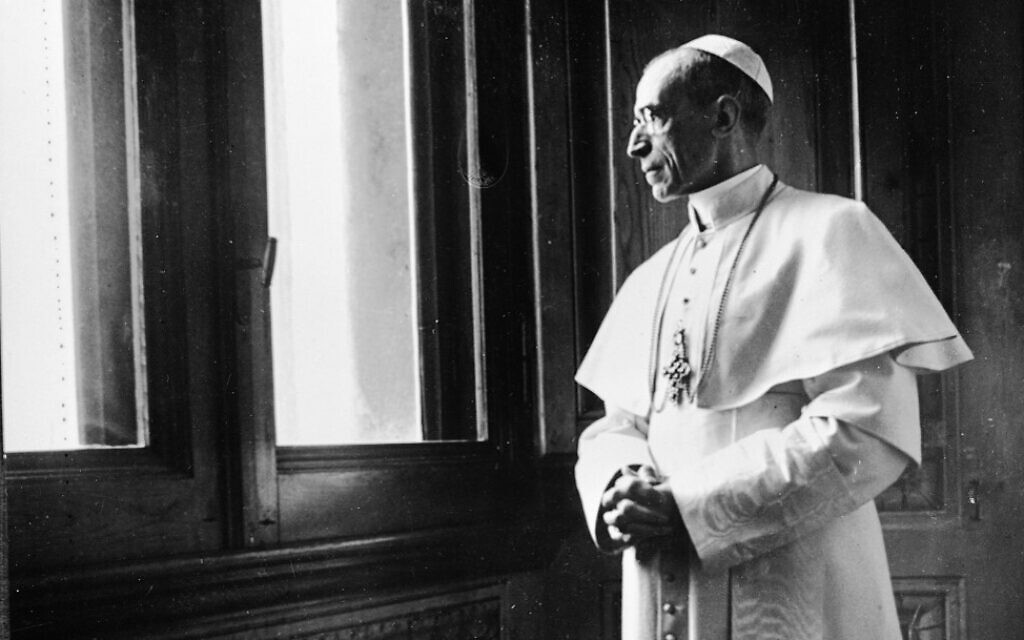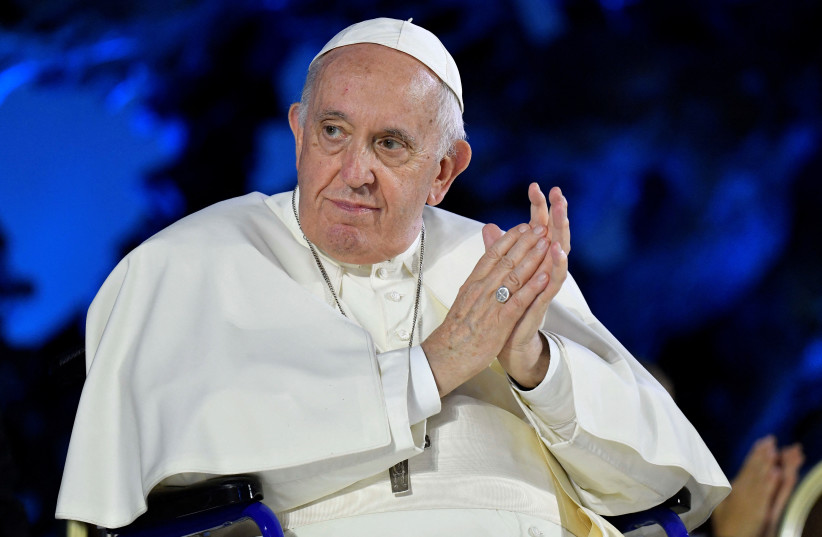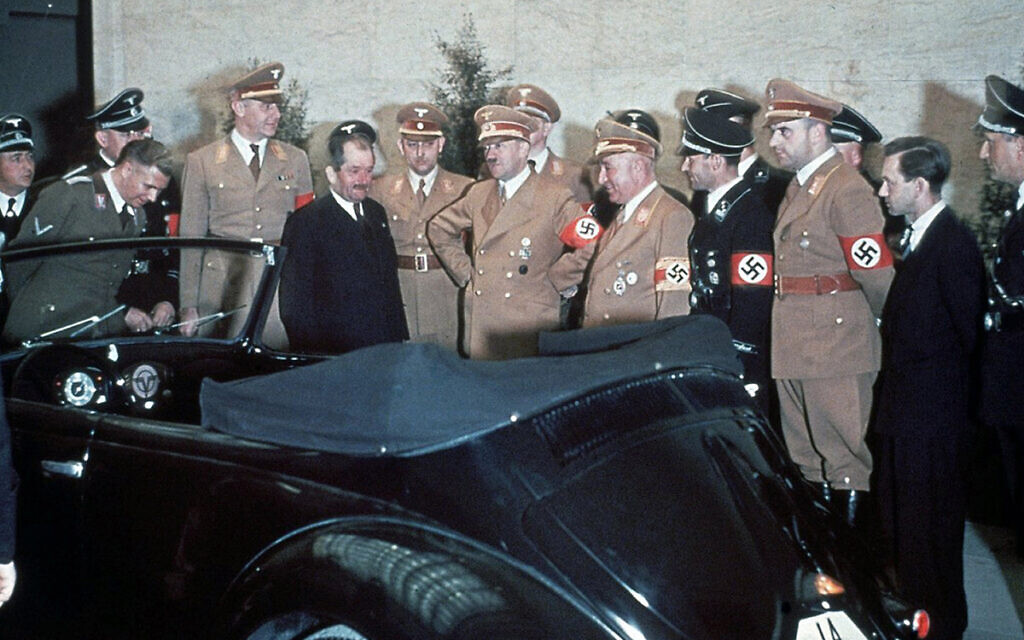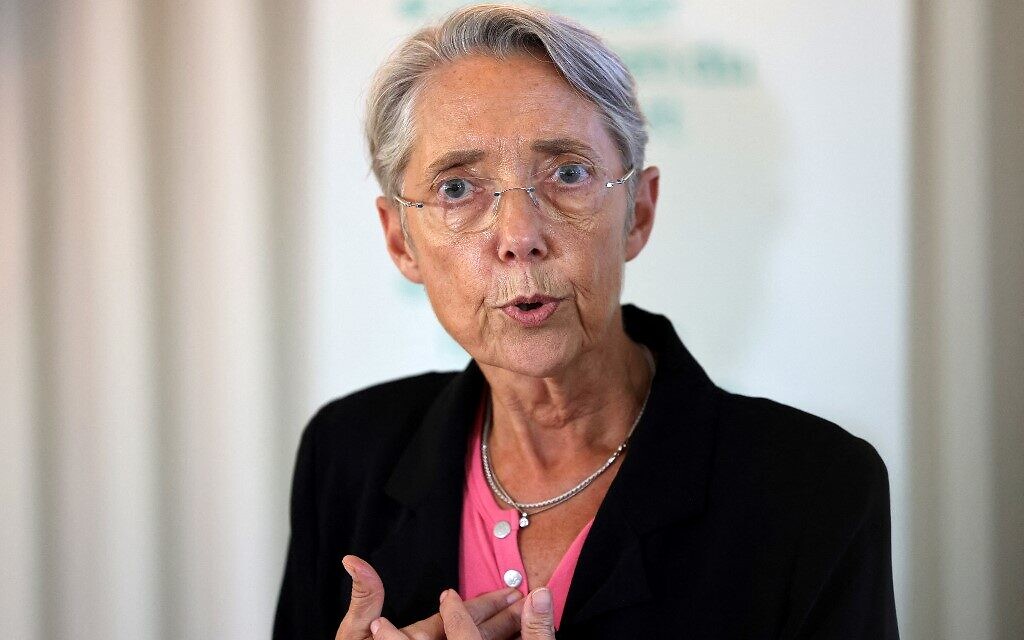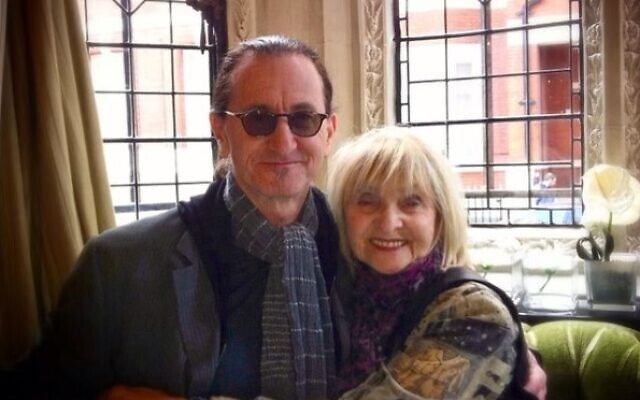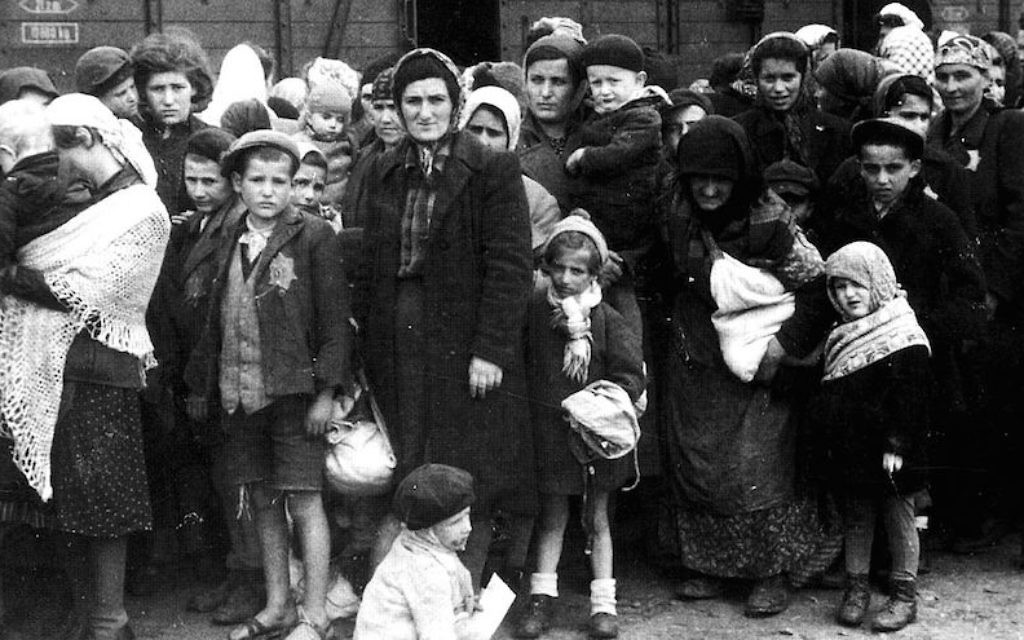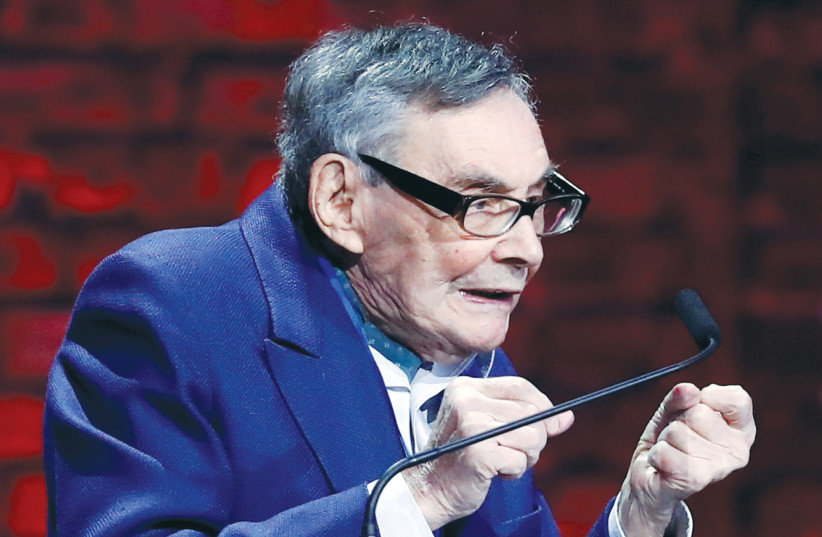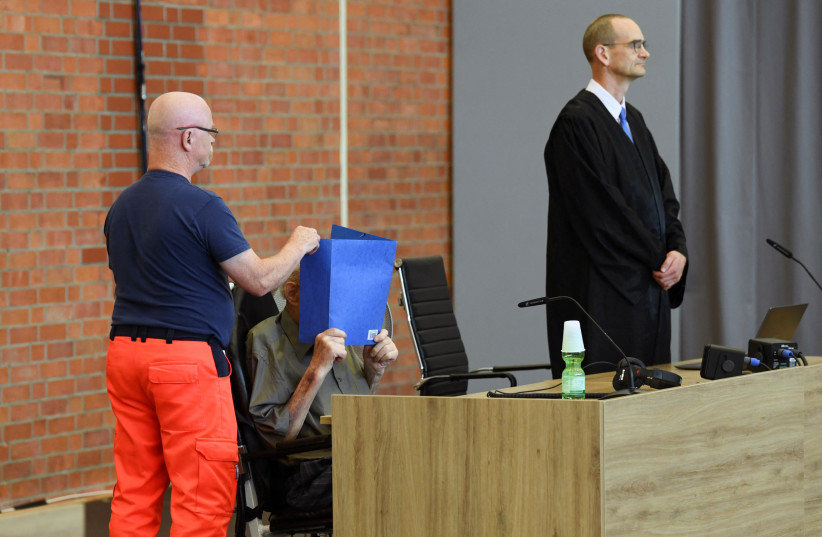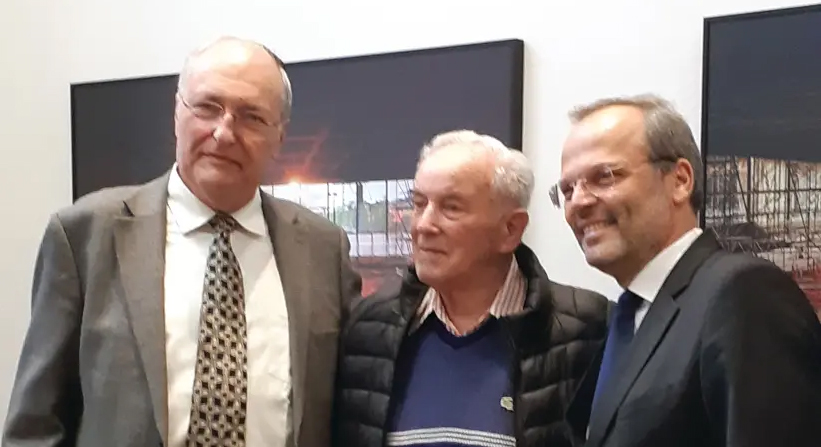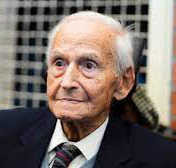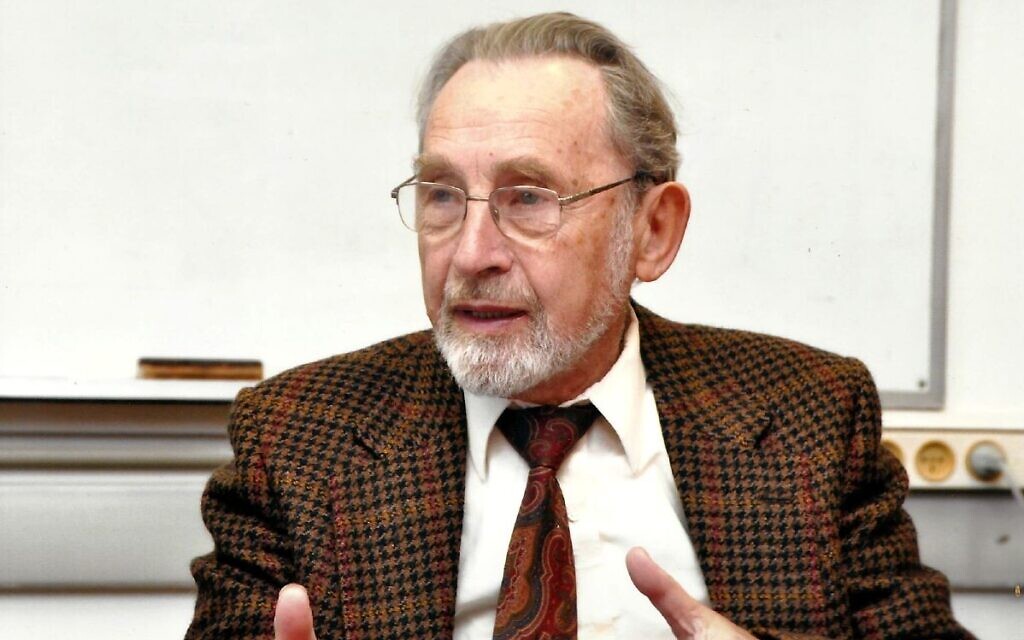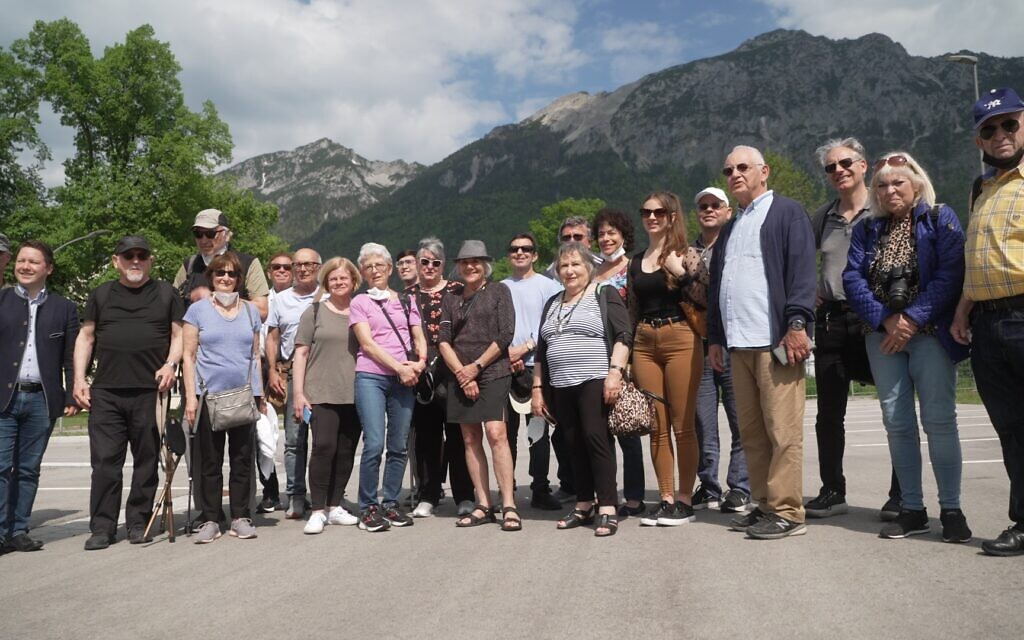Mindful
Diamond Member
- Banned
- #261
![A scene staged by the Nazis for the International Red Cross inspection of the Theresienstadt ghetto. [LCID: 73362c] A scene staged by the Nazis for the International Red Cross inspection of the Theresienstadt ghetto. [LCID: 73362c]](https://encyclopedia.ushmm.org/images/large/d1060a22-4ba6-4691-bbfe-55cdabcf2c6a.jpg)
Propaganda scene in the Theresienstadt ghetto
A scene staged by the Nazis for the International Red Cross inspection of the Theresienstadt ghetto. The people are probably watching a soccer match. Czechoslovakia, June 23, 1944.
- Comite International de la Croix Rouge
Theresienstadt
In response to growing international awareness of Nazi atrocities, the Nazis decided to allow a Red Cross investigation committee to visit the Theresienstadt ghetto in Czechoslovakia. Elaborate measures were taken to disguise conditions in the ghetto and to portray an atmosphere of normalcy. This footage, showing an orchestral performance, is part of a German propaganda film made following the Red Cross visit to Theresienstadt.
- Bundesarchiv Filmarchiv
(full article online)
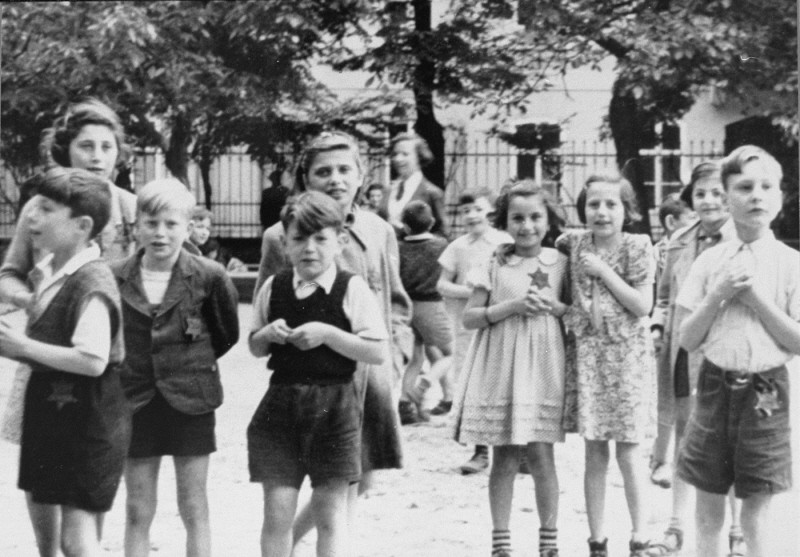
Theresienstadt: Red Cross Visit
Learn more about the Danish Red Cross visit to Theresienstadt and the Nazi attempt to clean and hide the true conditions of the camp.encyclopedia.ushmm.org
I’ve visited that place.
